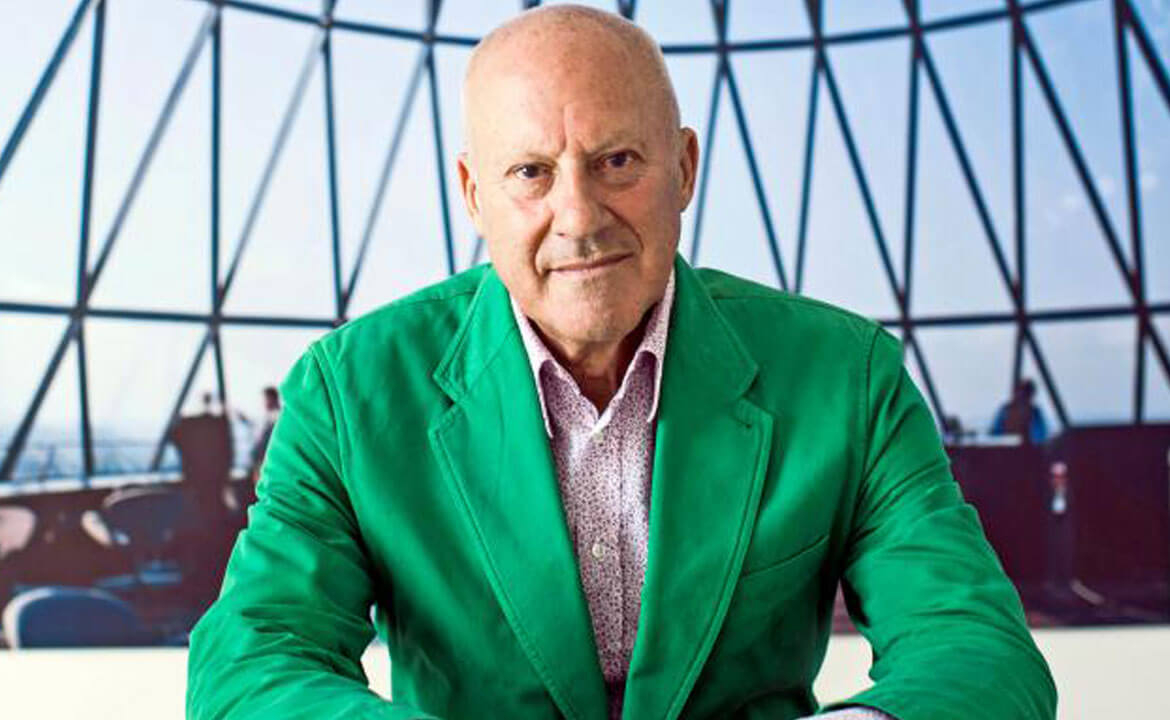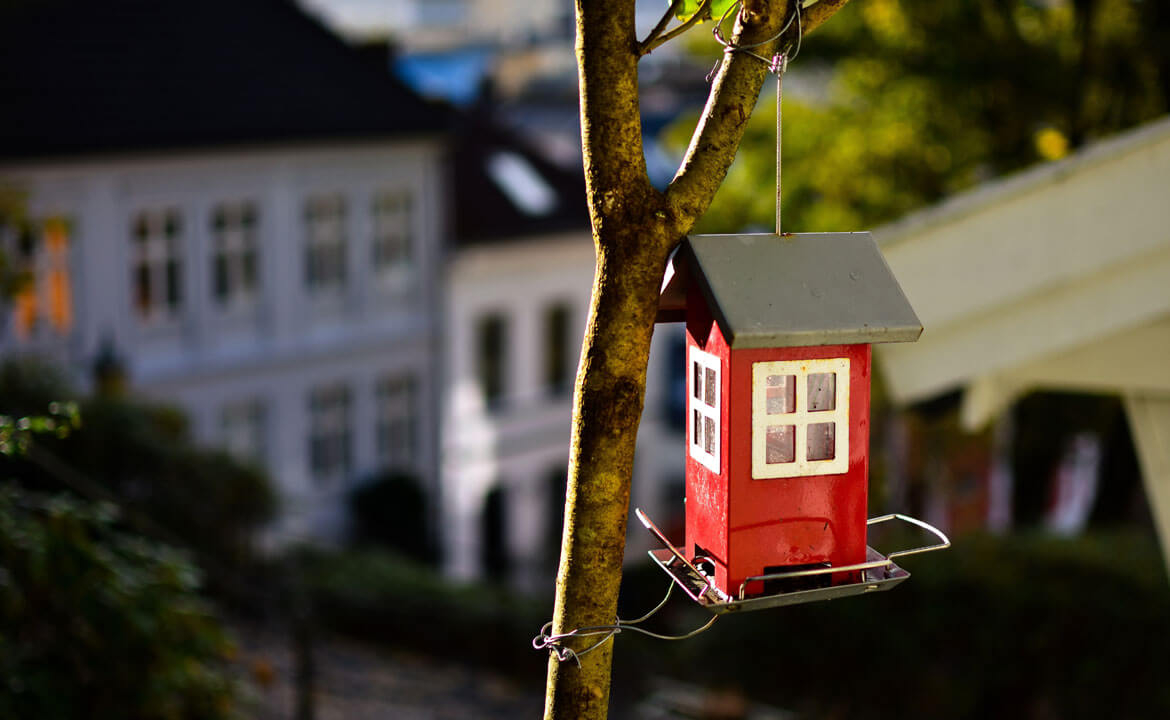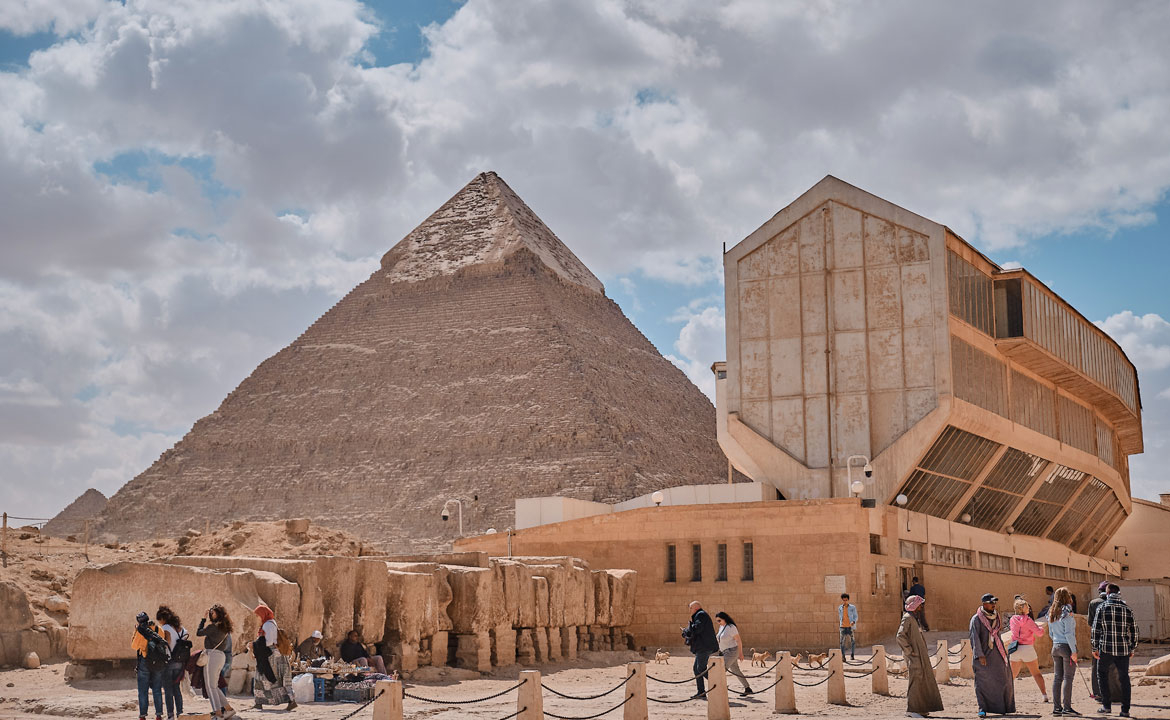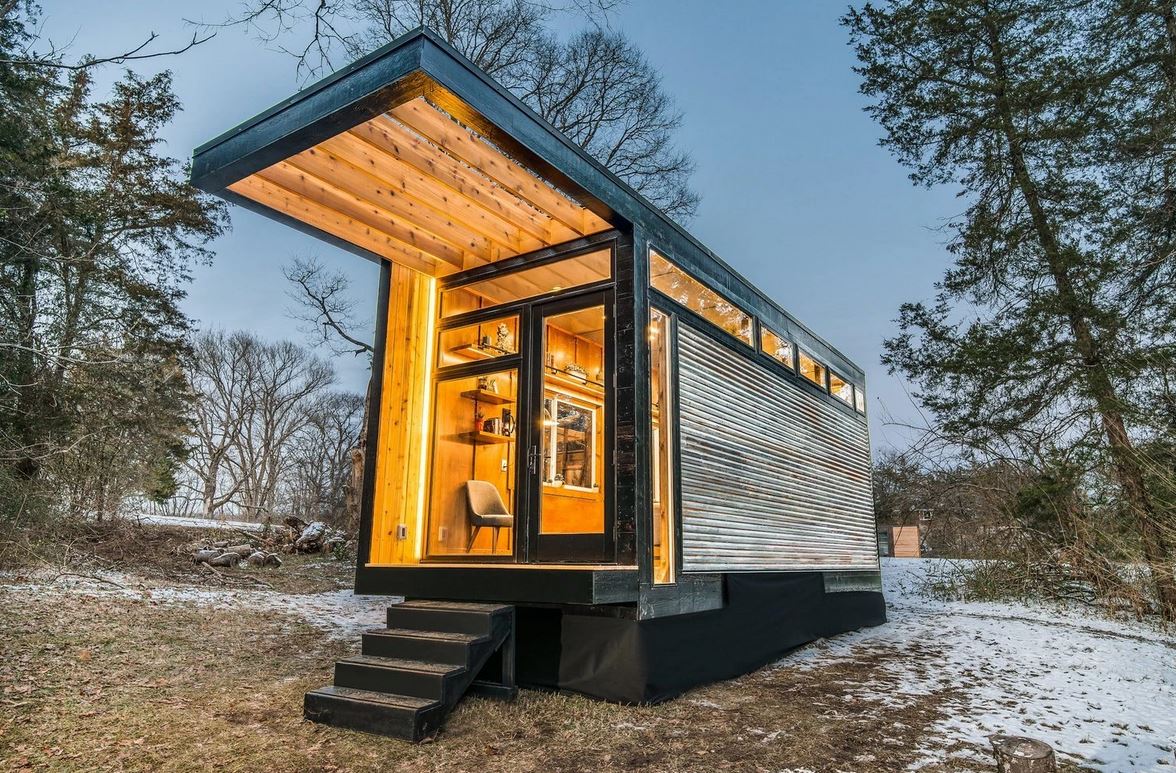“How do you become an architect?” the young Norman asked one day. Present partly by necessity and partly for inspiration at the contracts department in a local architect’s office, his curiosity found a channel when an assistant replied “Well, you know, you have to have a portfolio or drawings, and where do you go? Well, go to the college of art, where I go or go to the university.” The rest is history. Throughout his career, Foster chose to be an observer, above everything else. The Gherkin shaped St. Mary Axe building, the Reichstag Building in Berlin, the Apple Park at Cupertino are some of the examples of what Foster could see, understand and create in terms of an experience. It was Foster who broke the shackles of skyscrapers and showed the world an alternative to monotonous high-rise design. As one of the best and richest architects known to man, Foster drew a new skyline for London, shaped some of the world’s busiest airports, added technologies to sustainability and made it to Britain’s Rich List.
Norman was born in Reddish, Cheshire on this day in 1935. He was the only child of working-class parents. With no siblings around, he preferred to spend his time in the company of Dan Dare’s comic books, model aircrafts and trains. The inquisitive young Foster found himself at the local library very often. In fact, he discovered the meaning of architecture where he first read Le Corbusier’s Vers un Architecture. It was certainly not a childhood filled with bright prospects, but Foster rose to the task.
At the age of sixteen, his first job took him to the Manchester Town Hall – a structure he was drawn to immediately. Years later, his impression of the building is vivid, ‘I remember the men’s room with great kind of glass cisterns suspended and I was fascinated by buildings.’ Typically, not many people from his town would go to universities, but Foster had an extraordinary destiny to fulfill. He completed his master’s at Yale and returned to the UK in 1963 to set up an architectural practice with Richard Rogers. Later, with his wife, Wendy he established a global studio called Foster + Partners, which employs more than 1000 people worldwide working on as many as 200 projects at a time.
Throughout his career, Foster challenged the immediate realm of construction design. His portfolio proves that an interpretation of both the young and the old paradigms is possible. To this day, every subsequent era follows Foster’s way and continues to produce reimaginations of his architectural prototypes. Yet, this is what he had to say for himself, “I think I work hard, yes. I think I always have. But I think I’ve been very fortunate to have extraordinary individuals around me.” Case in point, the eccentric futurologist Richard Buckminster Fuller aka Bucky. Their association lasted for twelve years and the fruit of their partnership are structures such as the Climate Office and the Oxford Beckett Theatre.
Foster’s passion for aircrafts is well-known. When he made Terminal 3 at Beijing Airport, the world’s largest and most advanced airport building, he was able to pour his personal love into a professional feat. The Spaceport project in New Mexico or the proposal of Mars Habitat are further manifestations of his understanding and application of the principles of aerodynamics. But, more than anything else, it was about his love for the shape of an aircraft. As a visionary, Foster has given the world a roadmap for integrating traditional planning principles with avant grade technologies which are carbon neutral and zero waste. Masdar City in Abu Dhabi is one such extraordinary proposition.
Where does genius end and divine begin? The quiet young boy from Cheshire didn’t just become Lord Norman Foster. He pursued his love for detail, trained his mind for execution and accepted the burden to excel.,





